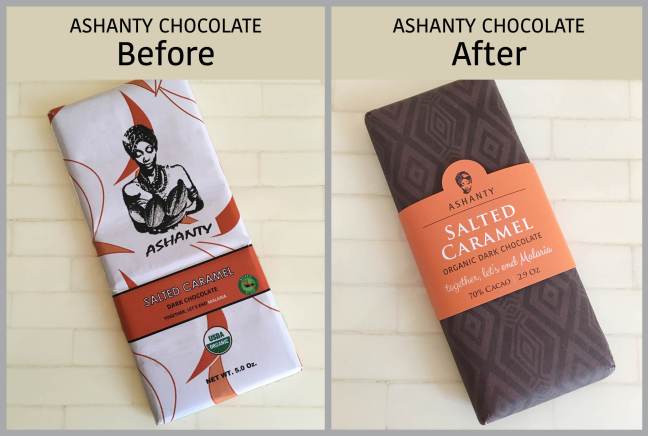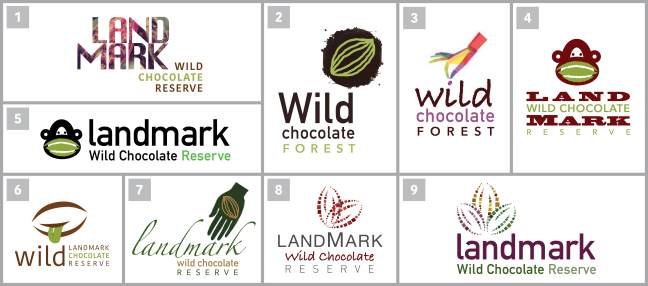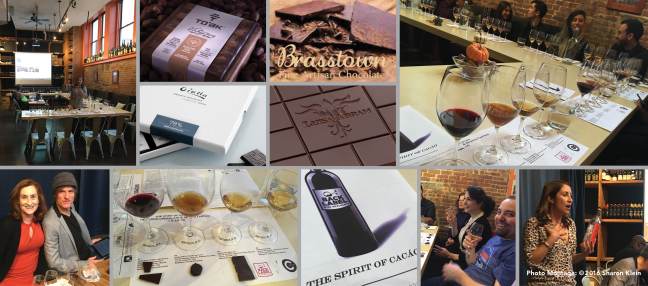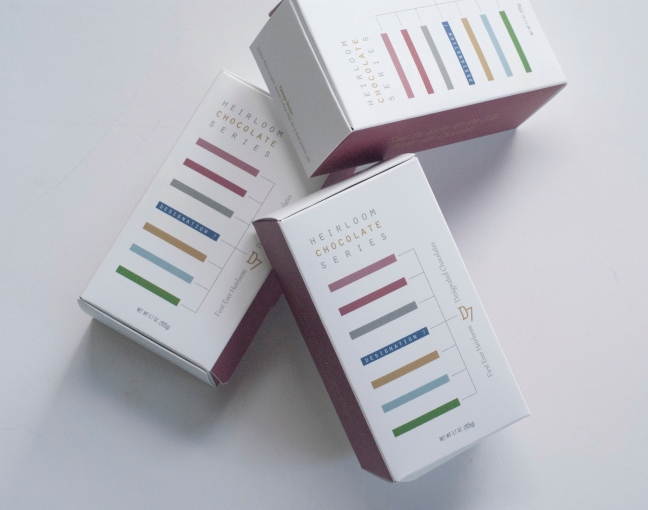People think of chocolate in many ways. For some its candy and for others it’s a health food. Often many craft chocolate bars are made up of only two or three ingredients — Cacao, Cane Sugar and either Cocoa Butter or an inclusion like Almonds. Gaining more popularity these days are 100% bars that actually taste great. This is decidedly based on the quality of the beans, and how they are fermented and roasted.
On the other hand, a Snickers Bar Ingredients are: Milk Chocolate (SUGAR, Cocoa Butter, Chocolate, Skim Milk, Lactose, Milkfat, Soy Lecithin), Peanuts, Corn Syrup, Sugar, Palm Oil, Skim Milk, Lactose, Salt, Egg Whites and Artificial Flavor.
In speaking with clients, I often find that they don’t understand what the percentages on a chocolate package mean. It’s simple math…
A two ingredient 70% chocolate bar contains 70% Cacao and 30% Sugar. A 99% bar means that 1% is Sugar.
A 65% bar is 65% Cacao and the remaining 35% could be made up of Sugar, Pecans, Cocoa Butter, Salt, etc. depending on the formula.
Chocolate Challenge II: What is the percentage of “other ingredients” in these bars?
- 56%
- 85%
- 72%
- 95%
- 80%
Whoever guesses correctly first, will get a bar of craft chocolate from one of my favorite makers (this time from France).
Below are examples of a chocolate tasting sampler package I designed 360° showcasing 7 Heirloom Cacao’s.
Each chocolate was made from a particular bean using only Cacao and Sugar, allowing the taster to truly experience that bean’s flavor profile.
Photo Credit: Valerie Volinski
















You must be logged in to post a comment.